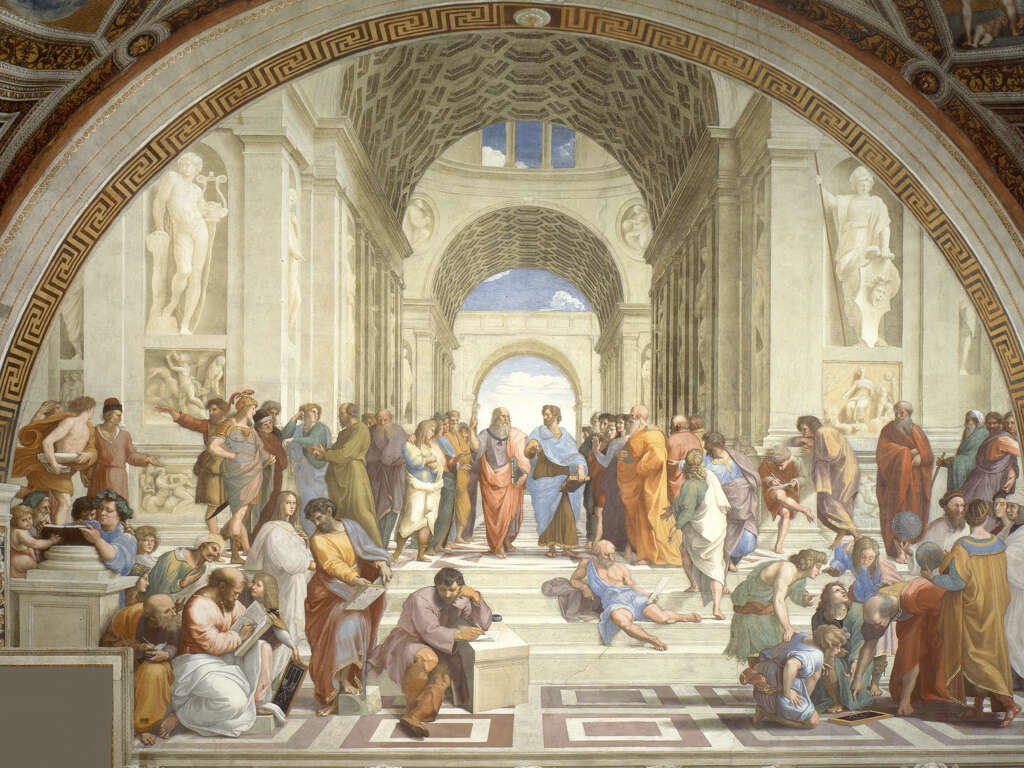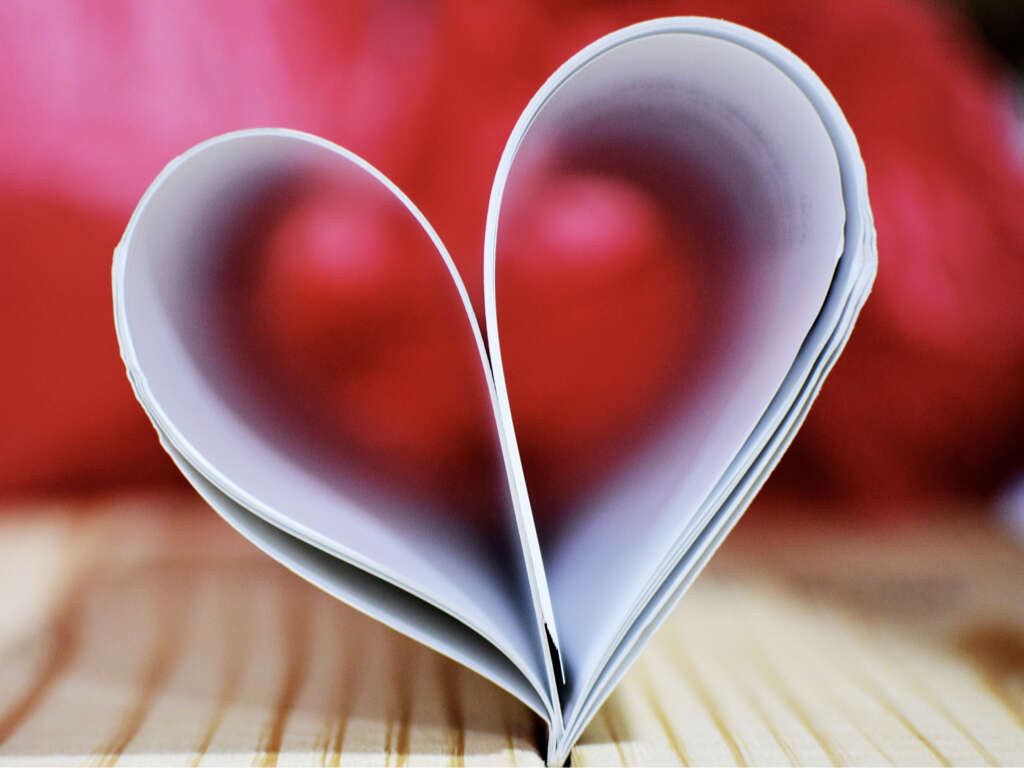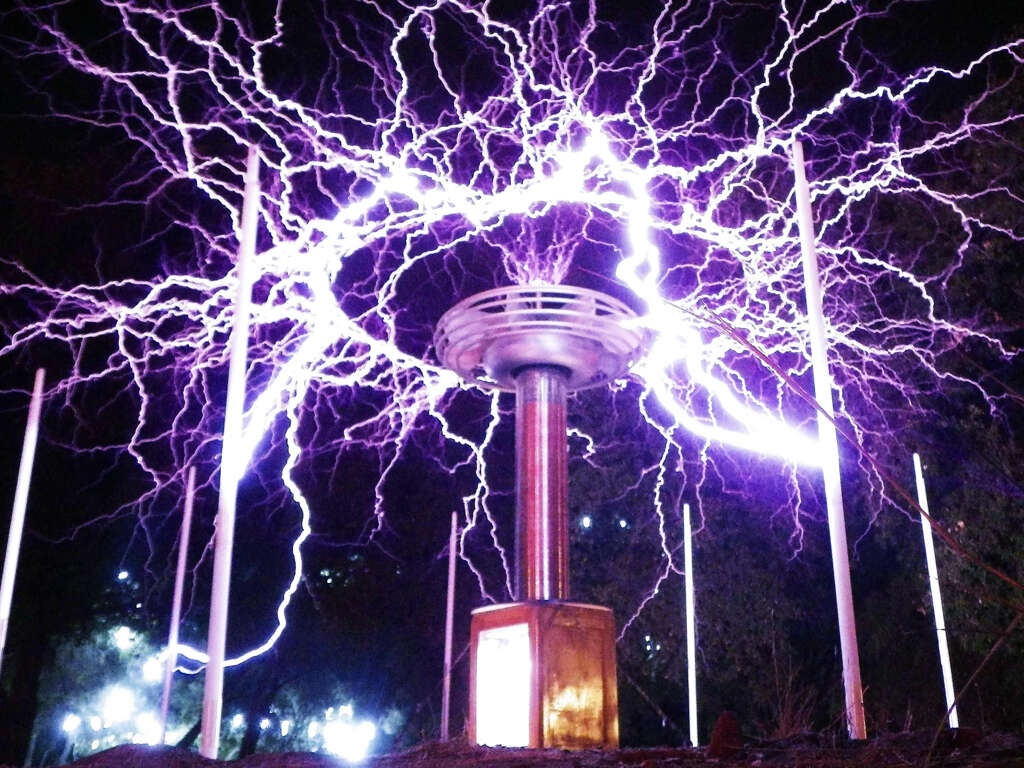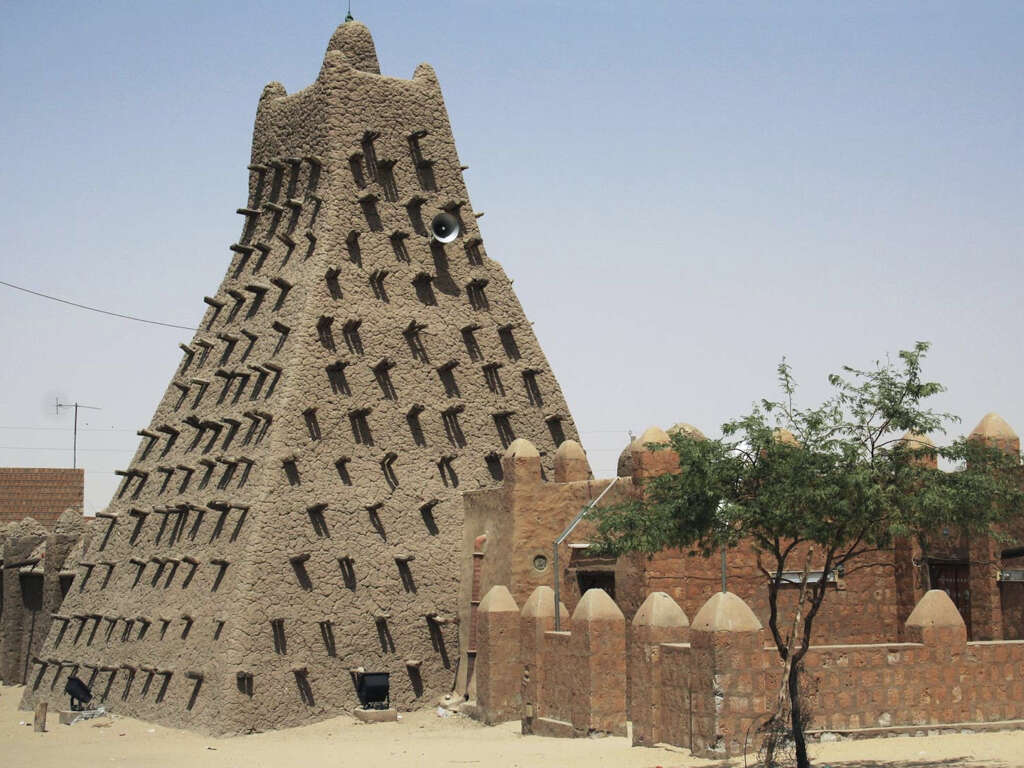Who Was Marie Curie?
Marie Curie was a brilliant lady who was the driving force behind one of our greatest ever discoveries: radioactivity. Radioactivity is the phenomenon of certain elements constantly emitting a stream of particles out into the world. Its discovery has helped us in many ways and has numerous practical uses.
Marie Curie was often fighting against the odds due to the misogynistic values of her time, but that did not stop her from pushing on. Her work went on to be the cornerstone of many fields of science. We take a look at who Marie Curie was, and also a look at some of the incredible work she performed.
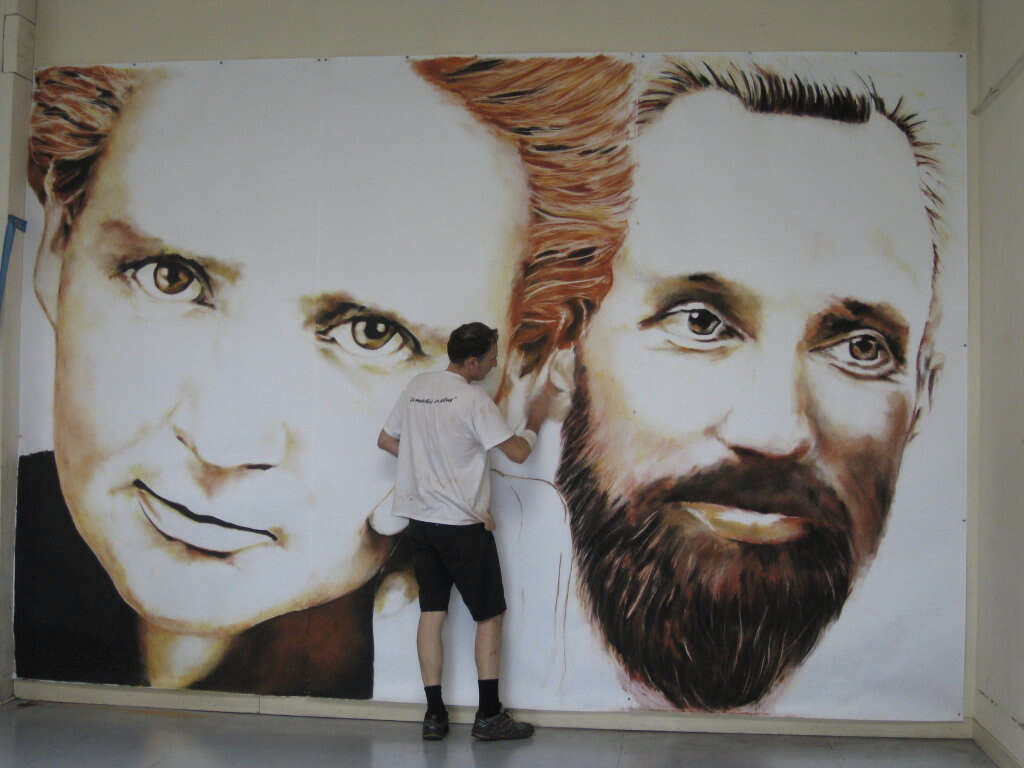
1. Marie Curie
Marie Curie was born in Warsaw, Poland, in November 1867. She was born Maria Salomea Skodowska and was the youngest of five children. Her parents were school teachers and her family was poor. From a young age, Curie had a passion for reading, taking every opportunity to study to expand her knowledge.
In 1891, Curie was offered an opportunity to go and live in Paris, France, with her sister. This would give her the opportunity of studying at a Paris university and she wasted no time in accepting. She became a student at the Sorbonne University in Paris where she studied mathematics and physics.
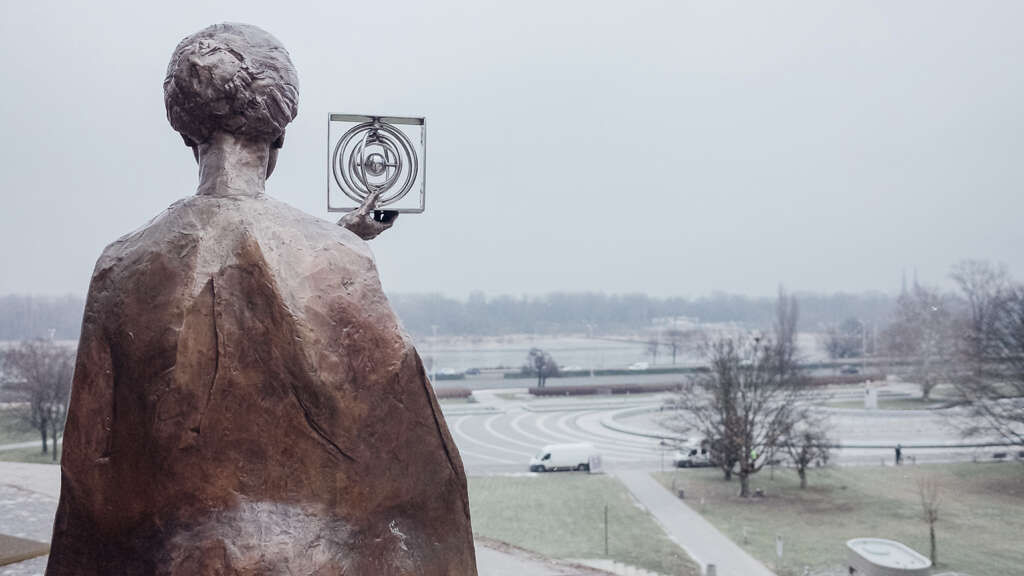
2. Pierre Curie
Marie took her surname from Pierre Curie. Marie met Pierre in Paris in 1984 while Pierre was working as a scientist in the city. The two met thanks to one of Maries professors who arranged for a research grant, initiating a project that the two would work on together. After only a year of meeting, the two got married and Marie adopted the name that is now famous across the world.
Unfortunately, Pierre was killed in 1906 after an accident with a horse-drawn wagon in the street. Pierre held the position of professor of general physics at the Sorbonne University at the time and Marie took over the position after Pierres death.
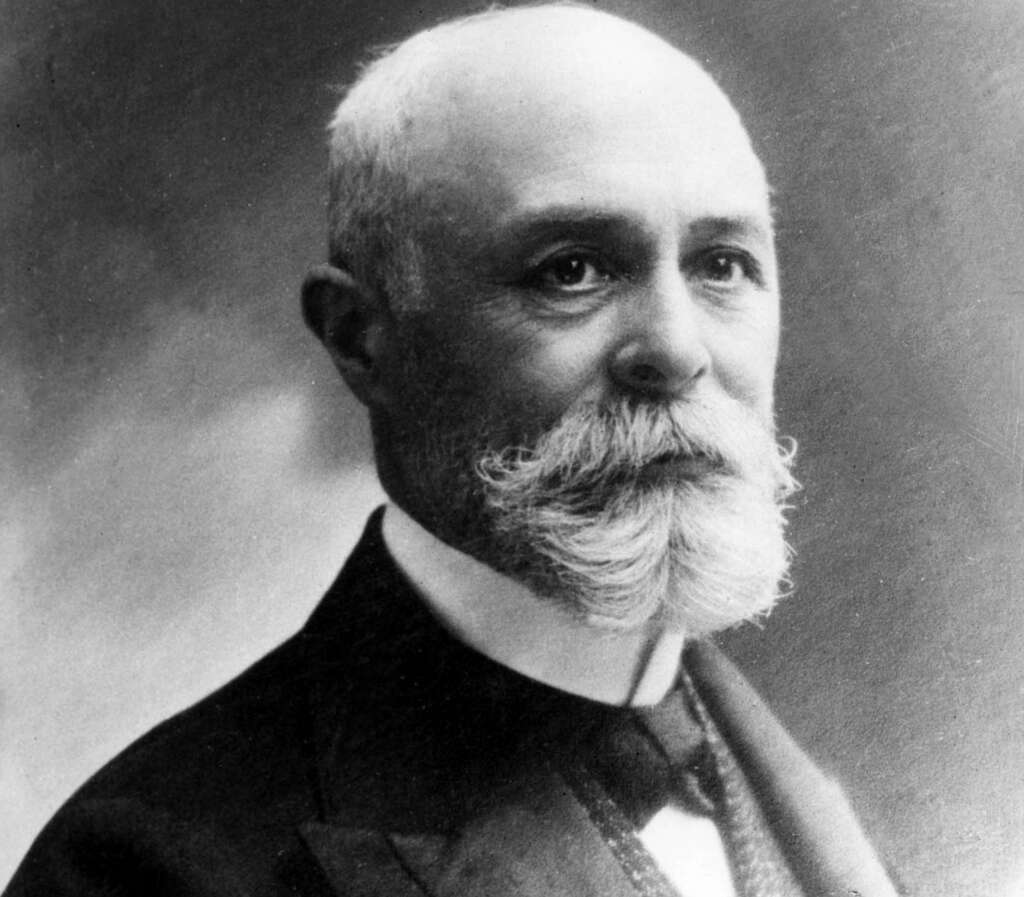
3. Radioactivity
Marie Curie is best known for her discovery of radioactivity. She would experiment on different compounds including uranium and pitchblende, which is now known as uranium ore. She was able to take measurements of rays produced by these materials thanks to instruments that were designed by her husband.
It was in 1898 that Marie introduced her findings to the public with her seminal paper. It was in this paper that she coined the term “radioactivity,” a term that is still used today. The paper stated that radioactivity was a property of atoms, and that it would lead to us discovering new elements.

4. Working from a Shack
Any labs working with radioactive substances nowadays are expected to be high-tech and have all necessary precautions in place. Curie didn’t have access to such facilities, however, and was instead resigned to working in what was essentially a shack.
Their “lab” was described as being a cross between a potato shed and a stable by Wilhelm Ostwald, a respected German scientist. Indeed, on first seeing their facilities, he thought that he was the victim of a practical joke. They eventually had a professional lab built for them by the University of Paris, but Pierre Curie died before even setting foot in it.
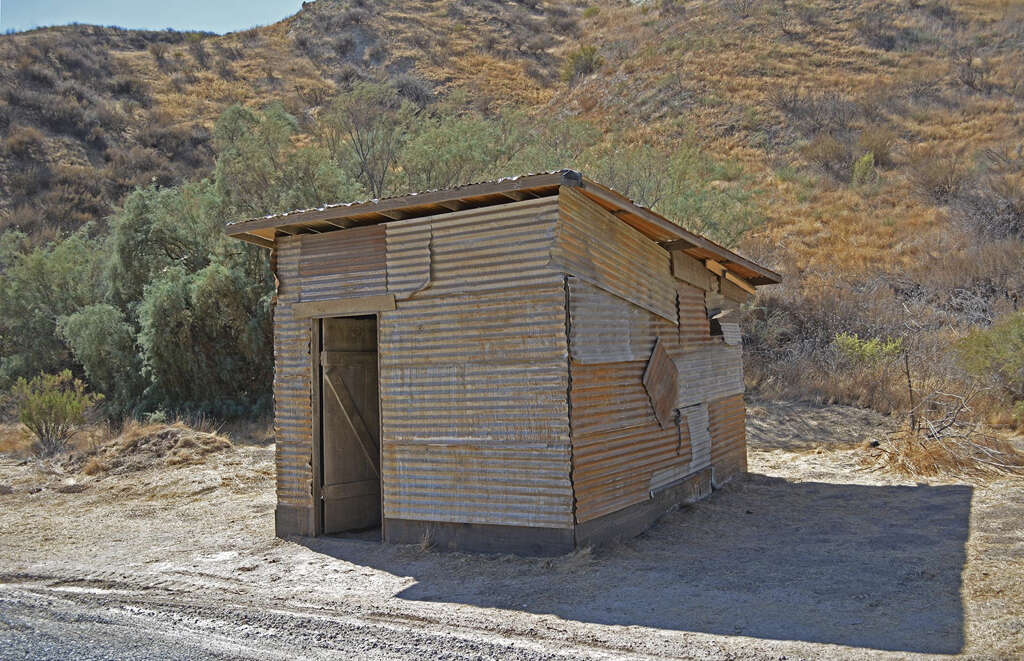
5. Extraction
Nowadays, radioactive materials are extracted from ores using high tech equipment that does the job relatively quickly and safely. Such equipment did not exist in Curies time, however, and the task was far more painstaking.
In order to extract and isolate uranium, Curie would spend much of her timing stirring large pots of boiling uranium ore. By the time they were ready to present their findings to the public, Marie and Pierre had used tons of uranium ore. Curie would often stir the pots for days on end, driving herself to the point of exhaustion. Fortunately for her, and science in general, her hard work turned out to be well worth the effort.

6. Nobel Prize
Marie Curie was the first woman ever to be awarded the Nobel Prize. This was quite a development at the time because attitudes toward women were very different back then. Even though the award was shared jointly with her husband, there was still resistance to her being named on the award.
The committee eventually agreed that Marie’s work merited the prize. Not only was Marie the first woman to be awarded the Nobel Prize, but she won it a second time. This made her the first person ever, of any sex, to be awarded the prize more than once and in different fields.
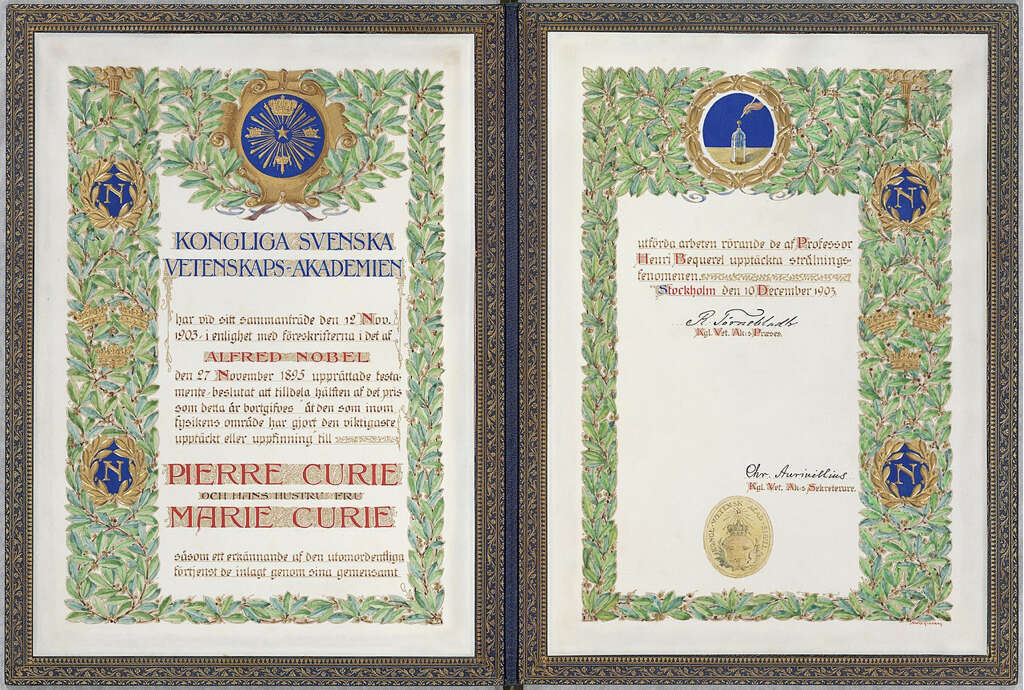
7. Depression
Despite her success, Marie was still facing a great deal of resistance from people in a time when attitudes in general were very misogynistic. There were accusations that her work was really her late husbands work and that she was stealing the credit for it.
Others accused her of being a homewrecker, and even a coward. Despite being awarded her second Nobel Prize, Curie was encouraged not to attend the awards in Stockholm out of fear that a woman’s appearance would cause a scandal. This was a terrible time for Curie and she fell into a state of depression as a result
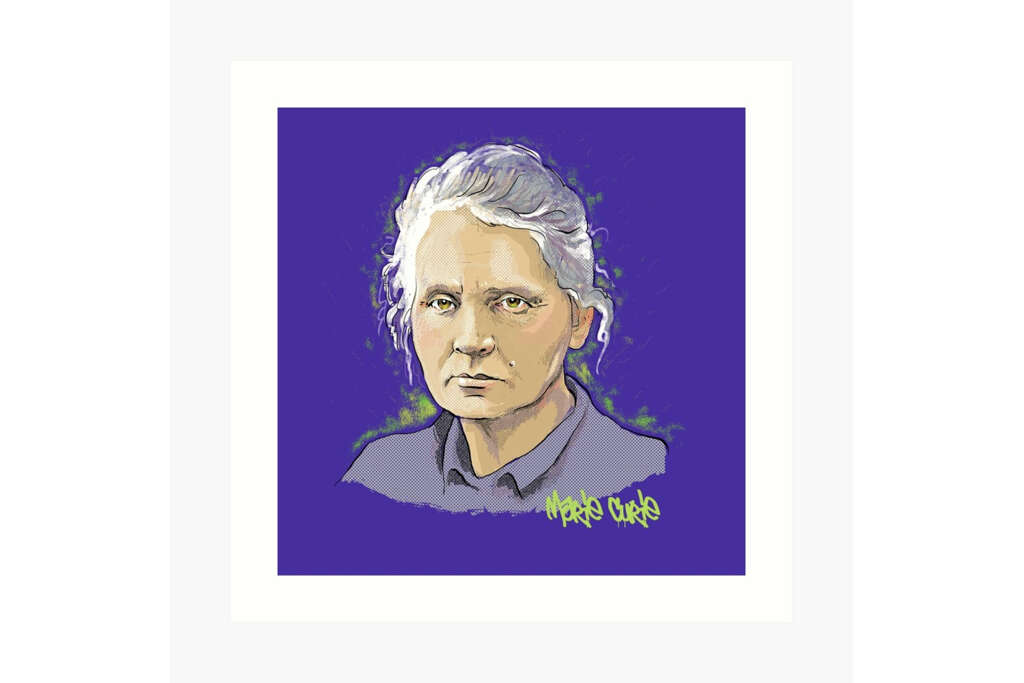
8. Help from Einstein
Alfred Einstein is arguably the most famous scientist our planet has ever known. His work helped to revolutionize the way we see the universe and his findings are still the basis for many scientific fields today.
Any scientist on the planet would have been greatly honored to receive support from perhaps the greatest of them all. Einstein met Curie in Brussels in 1911. She was the only woman at the meeting and he was impressed by Curie and her work. On hearing about the difficulties Curie was having, Einstein wrote to her to encourage her to ignore her detractors and to take what was rightfully hers. The letter inspired Curie, and she travelled to Stockholm to claim her prize.
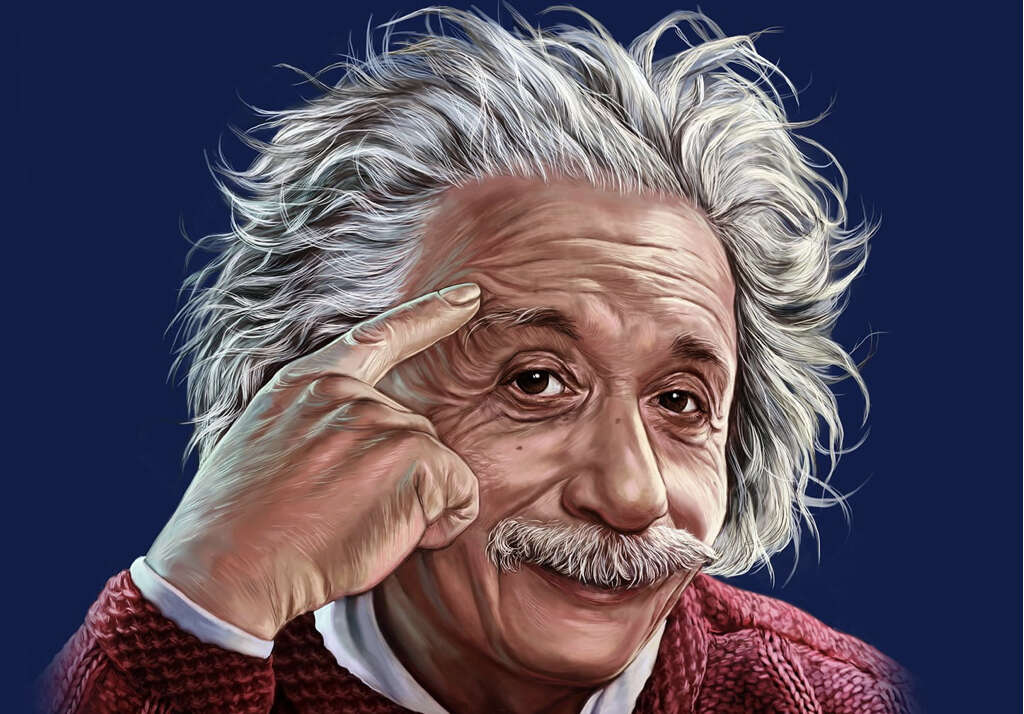
9. She Didn’t Cash In
People that make such groundbreaking discoveries are often able to benefit from the work significantly, mainly through financial reward. It is common for patents to be sought to prevent others from using the work for themselves and patent owners can become very wealthy indeed.
Despite the couple struggling to afford to purchase supplies and equipment for their work, however, they refused to seek a patent. Instead, they wanted to share their work openly so that other people were free to use it as they saw fit. Marie Curie once told a journalist that Radium belongs to the people and was not meant to enrich anybody.

10. Aplastic Anemia
The dangers of radioactivity are well known nowadays. Particles emitted from radioactive substances will pass through our bodies potentially causing damage to us on a cellular level as they pass through.
Nobody was aware of these dangers during Curie’s time, not even Curie herself. Unaware of the dangers, both Marie and Pierre regularly handled radioactive substances without protection. Marie Curies work with radioactive substances would ultimately turn out to be the cause of her death. She developed aplastic anemia; a condition that meant her body no longer produced new bloods cells. Curie died at a sanatorium in 1934, aged 66 years old.




